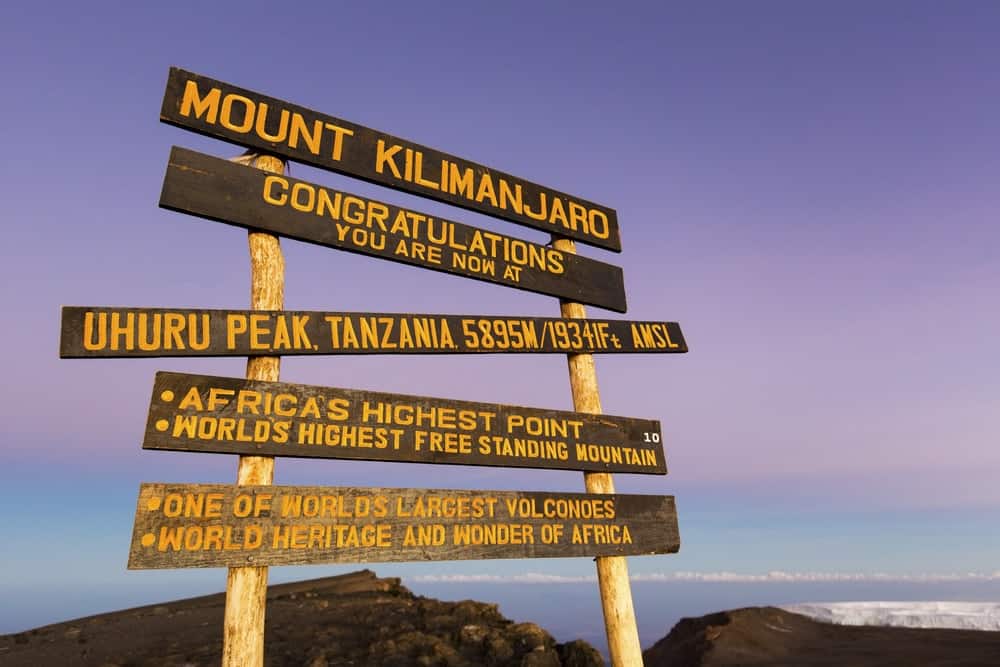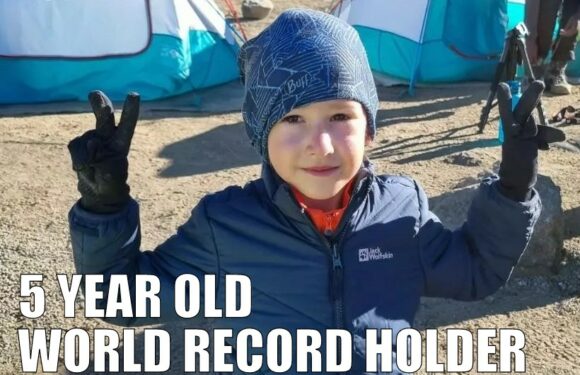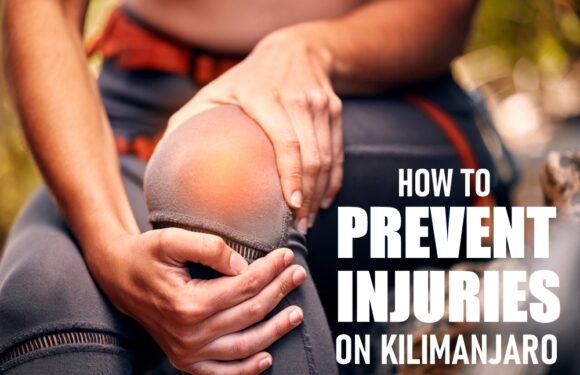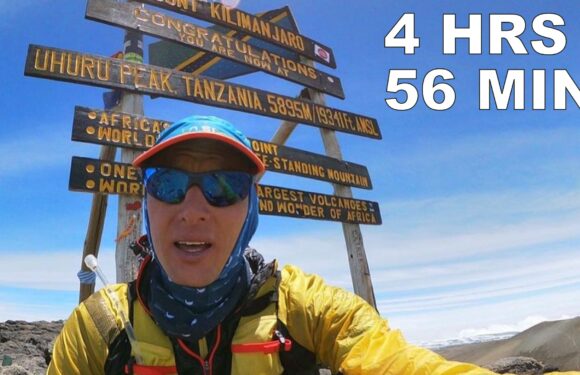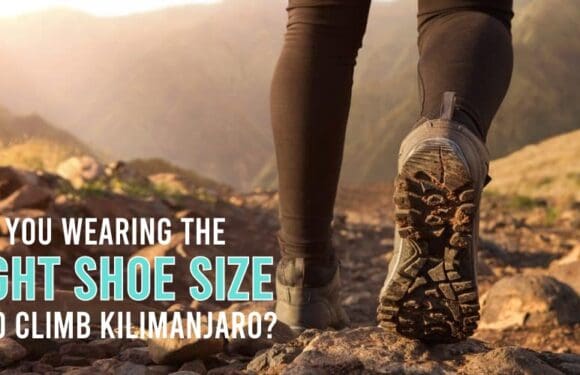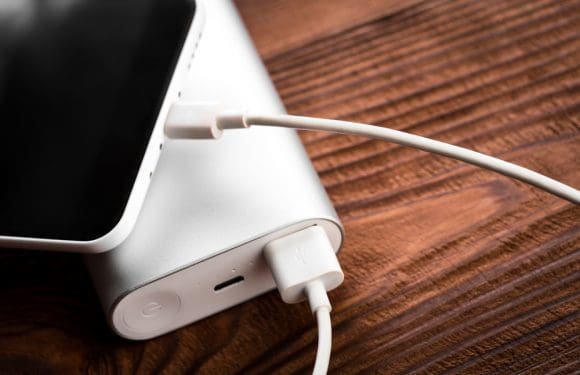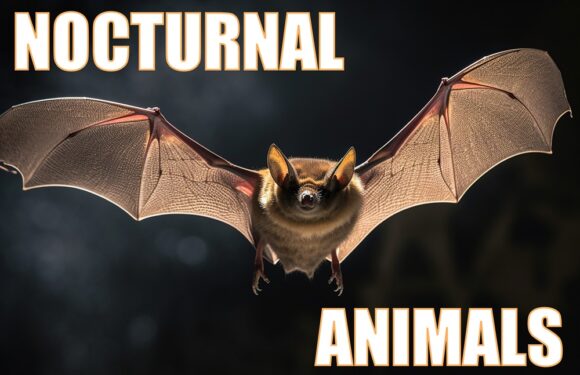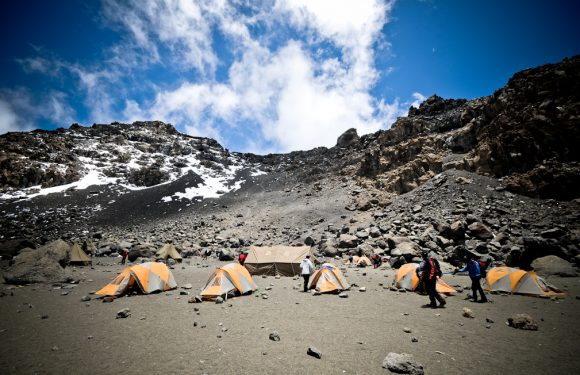One of the most common questions we receive when it comes to planning a Kilimanjaro climb is what route to take.
We definitely have our favorites. Of the seven established paths to the top, we highly recommend two – the 9 day Northern Circuit and 8 day Lemosho route. Next, we like the 7 day Rongai route. And last, the 7 day Machame route. We guide on these exact four routes on our group climbs because we think they are good choices for most people.
We consider these routes as the best routes on the mountain based upon the following factors:
- Scenic beauty
- Physical difficulty
- Foot traffic
- Acclimatization profile
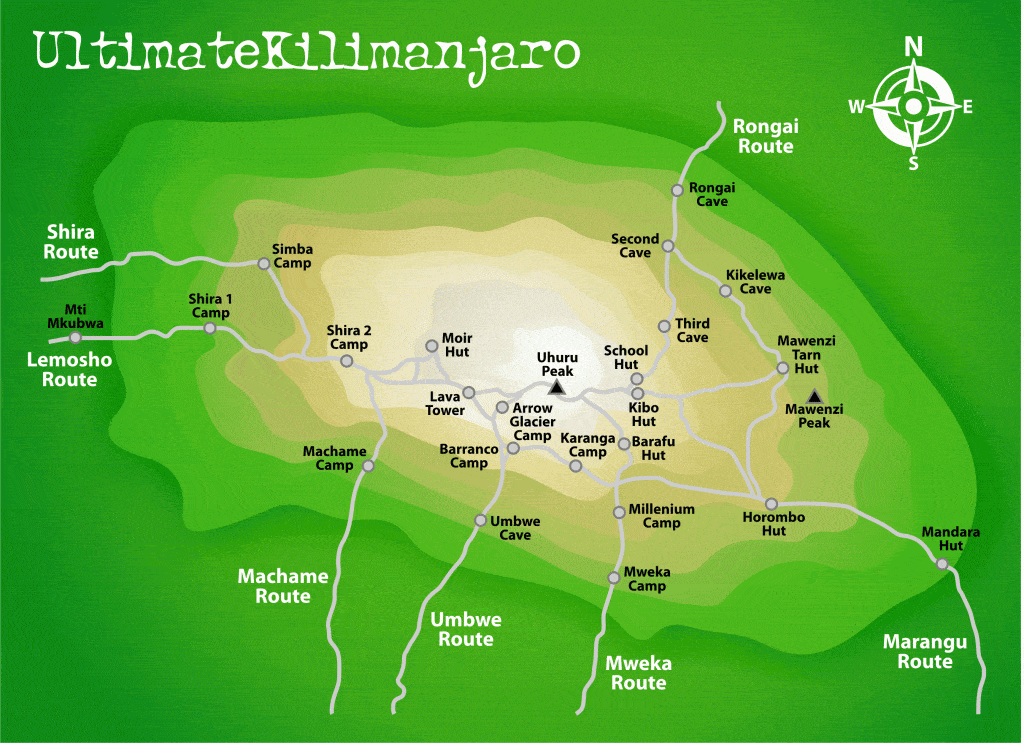
In this article, we would like to discuss four routes on the other end of the spectrum. These are routes we do not recommend for most people.
As a rule, we generally steer people away from what we deem as the more unfavorable routes. The reason is simple – we want everyone to summit in the safest possible way. These four routes carry increased risk due for altitude sickness, injuries, and other potential dangers.
To be clear, we understand that every person’s knowledge, abilities, experience, and risk tolerance is different. So while one route might be a terrible choice for one climber, it might be ideal for another. As long as the client is aware of the challenges, we trust that he or she can make the right, informed decision.
With that being said, here are the four most dangerous Kilimanjaro routes.
5 Day Marangu Route
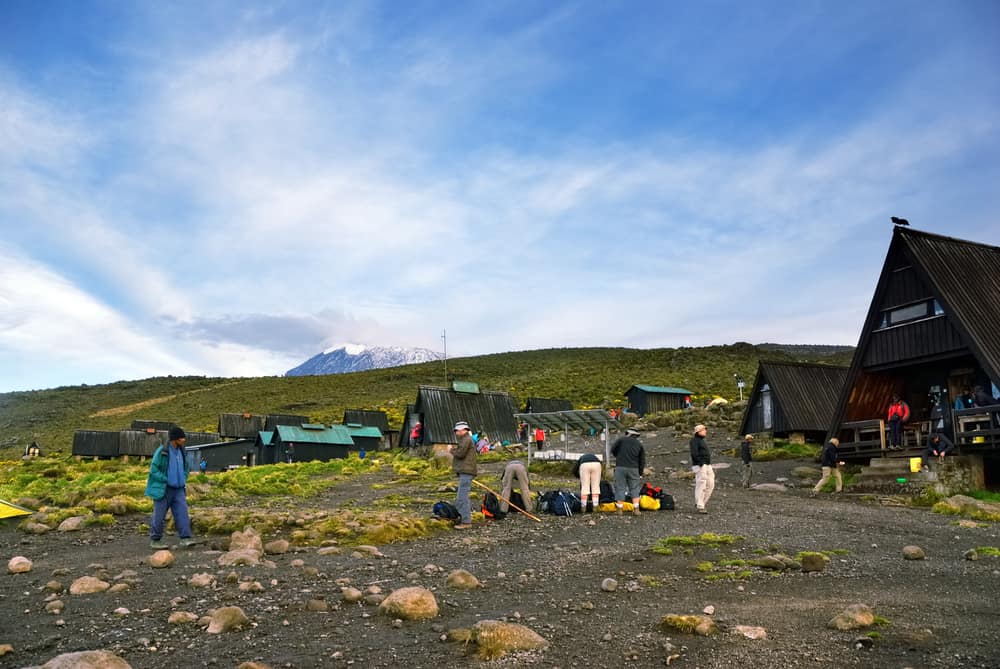
This one may surprise you as you probably have seen the Marangu route touted as the easiest route, suitable for beginners. It’s a short route. The slope is gradual. The accommodations are in mountain huts. And climbers sleep in beds.
Sounds great, right?
Wrong.
The 5 day Marangu route is tough. We are convinced that if other operators were as forthcoming as us about the negative aspects of this trail, people would not be so quick to use it. It is one of the most popular routes on the mountain. Yet, it has the lowest summit success rate, last reported as less than 30%.
So what makes this path so hard?
The Marangu route literally has the shortest itinerary, at just 5 days. That means less time to acclimatize to the altitude and greater chances of developing acute mountain sickness. The best routes are the longest routes for the opposite reason – they allow sufficient time for the body to adjust to the altitude, resulting in a safer, healthier ascent.
If you are set on climbing Marangu, it is better to do the 6 day itinerary by adding an extra night at Horombo Hut (12,200 feet). This will improve the summit success rate to about 50%.
Western Breach Routes
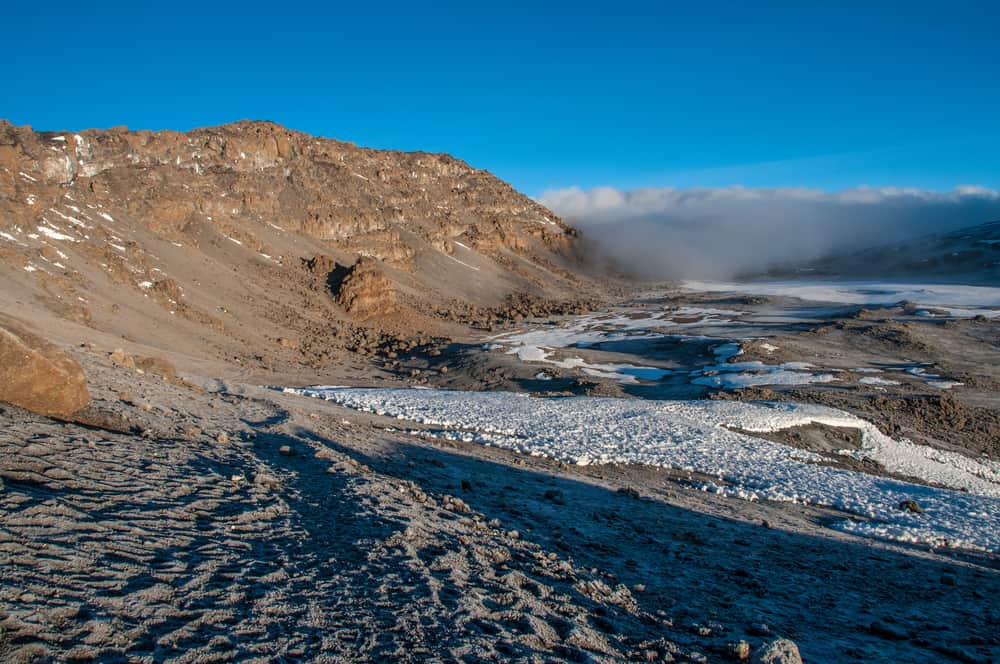
The Western Breach is not a route, but one of the three approaches to the summit. While the other paths approach from the east, the Western Breach approaches from the west. What makes it different is that it is a steep ascent on a rocky slope which requires some scrambling to navigate.
The danger here is twofold.
One, the terrain in this area is unstable and prone to rock slides. Furthermore, the trail is such that it funnels climbers into the very same area where the rocks would tumble below.
There have been several accidents on the Western Breach. In 2006, three people were killed and five others injured by rock fall which prompted the closing of the route for re-evaluation. It was opened nearly two years later using an alternative route which reduced a climber’s exposure to the most vulnerable sections. However, the risk of rock fall still remains.
Two, the Western Breach is not an acceptable descent route. The ground substrate is particularly loose, resulting in the likelihood of slipping and falling when heading down. So if a climber should require evacuation, depending on his or her location on the Western Breach, the climber may need to keep ascending to the top before being escorted or carried down the other side. While the best treatment for altitude sickness is immediate descent, on the Western Breach, that may not be possible.
At Ultimate Kilimanjaro®, we believe that the Western Breach carries an unreasonable degree of risk. Due to safety concerns for both clients and staff, we do not guide on the Western Breach.
Those who choose to do the Western Breach (with another operator) should be confident in their ability to move swiftly on particular sections of the route to minimize the time spent in treacherous areas. They should also be sure they can acclimatize well to reduce the probability for rescue. Finally, they should be very selective in choosing their guide service. The vast majority of operators do not have solid safety protocols in place to handle emergencies.
Crater Camp Routes
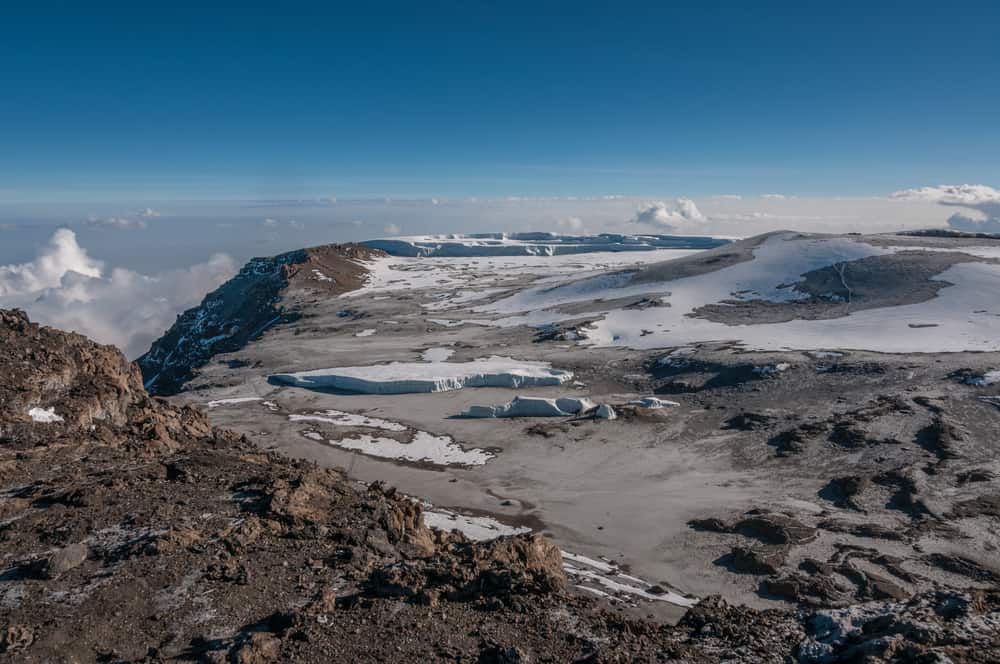
The highest campsite on Mount Kilimanjaro is known as Crater Camp. It lies 18,865 feet above sea level, which is a mere 475 feet below the summit. The site is next to one of Kilimanjaro’s last remaining glaciers known as Furtwangler Glacier.
The chance to be up close to Kilimanjaro’s glaciers is certainly tempting. As is the opportunity to do the optional hike to explore Kilimanjaro’s ash pit. The sites are both truly splendid. Not many people visit these areas.
But Crater Camp does come with additional risks.
Climbers who sleep at Crater Camp are subject to a significant altitude jump, from around 15,000 feet the night before, to nearly 19,000 feet. For all other routes, climbers do not spend a significant time at these elevations as they summit and descend immediately.
Spending the night at almost 19,000 feet is hard on the body, which makes altitude sickness a real concern. Also, should someone become ill during the night, and need to be evacuated, it is much harder to execute under darkness.
We offer the opportunity to stay at Crater Camp on our longest routes – the Lemosho and Northern Circuit routes – for the best chance of sufficient acclimatization. The 9 Lemosho Crater Route and 10 day Northern Crater Route are done only by special request and are subject to approval.
6 Day Umbwe Route
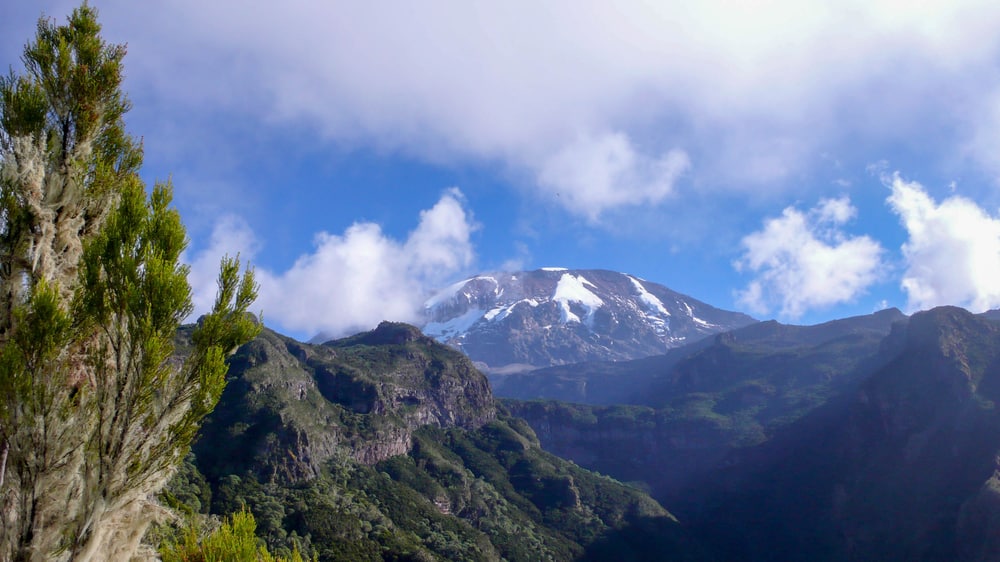
Umbwe has a reputation of being the most difficult route on Kilimanjaro. The reason for this is due to its route profile – short, steep, and direct. From an acclimatization standpoint, this route does not provide the necessary time for most climbers to adjust to the low oxygen atmosphere. The ascent is too fast.
People who choose this route should be very confident of their ability to acclimatize and have a high overall fitness level. For instance, we had three medium sized groups from the U.S. Army (stationed in Afghanistan) that climbed the 6 day Umbwe route with no issues.
If you want to climb the Umbwe route, it’s recommended that slow the pace by adding an extra night at Barranco Camp (13,000 feet), making it a 7 day route.
The route you choose can make or break your climb. Hiking on trails that are shorter and steeper increase the chances of developing altitude sickness, as does spending time at extreme altitudes.
As mentioned before, we recommend that our clients use the 9 day Northern Circuit, 8 day Lemosho route, 7 day Rongai route or 7 day Machame route. We believe that these routes are well suited for nearly everyone on Kilimanjaro.
However, if you feel compelled to use a different routes or variation, we encourage you to do your research and understand the risks before commiting to a less favorable route.




















































